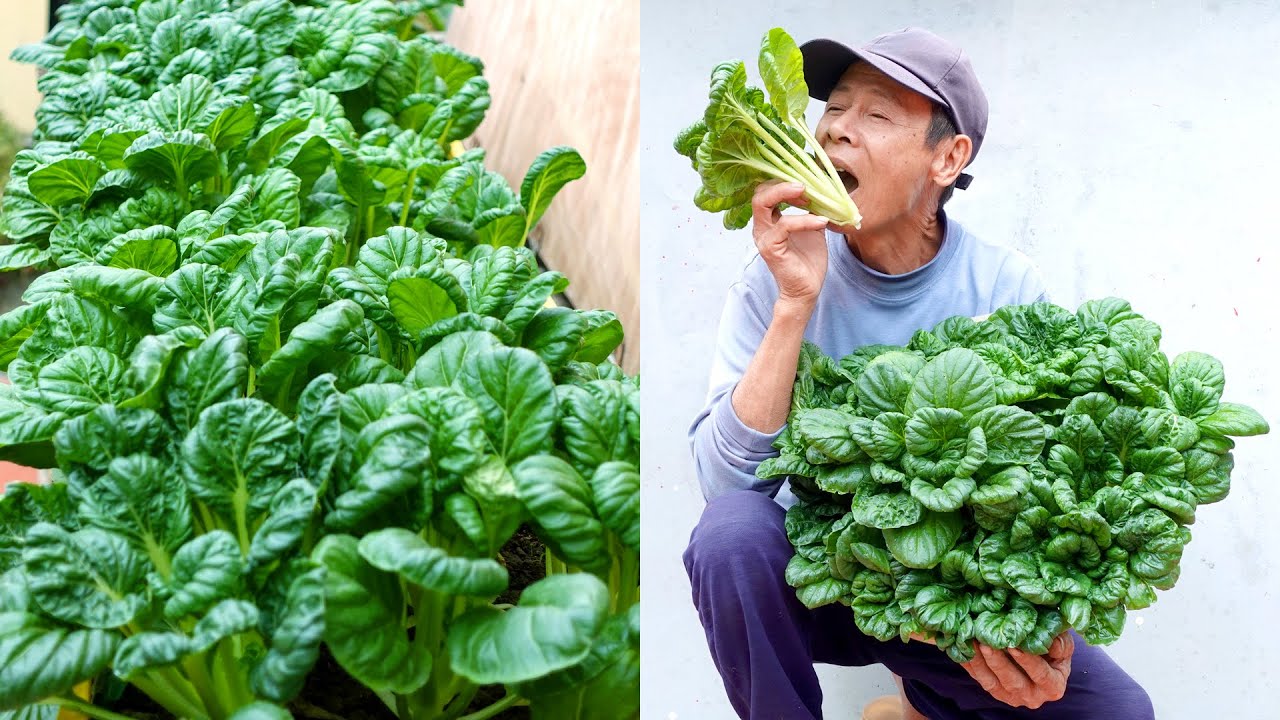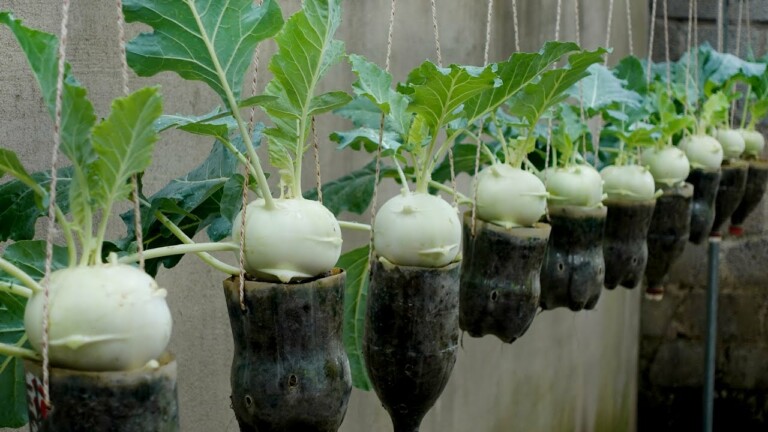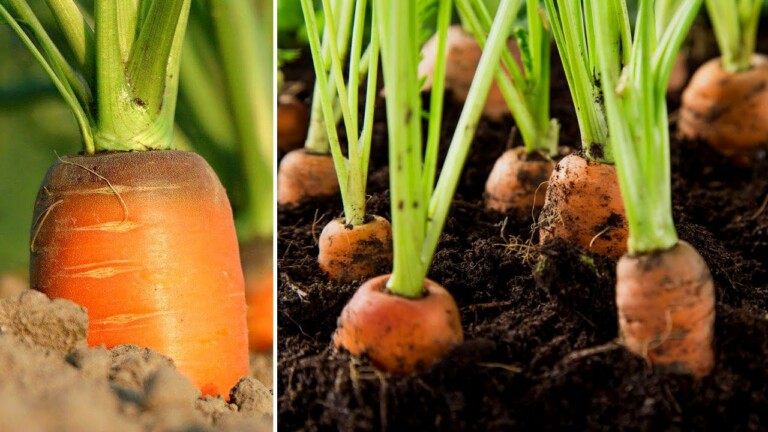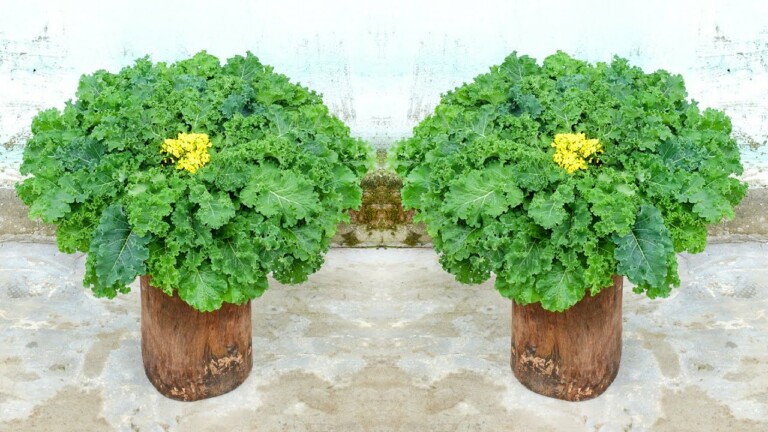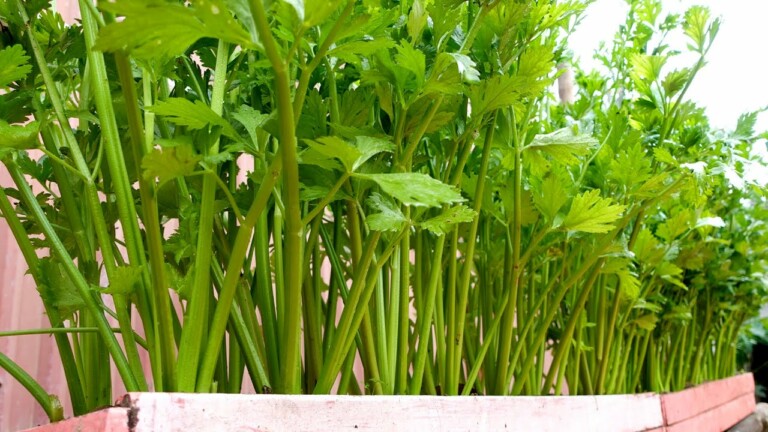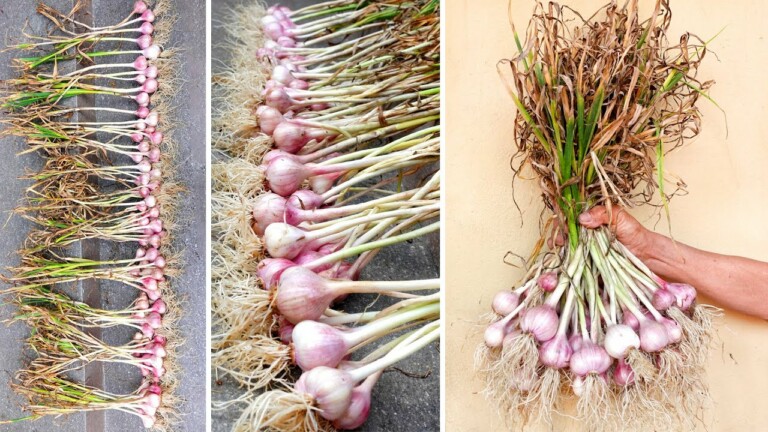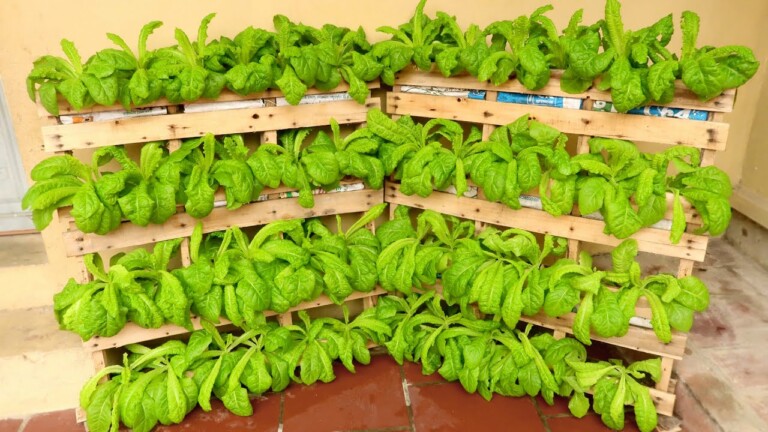P2- If you don’t have a garden, you can still grow vegetables to provide for your family
Welcome to our blog post! Are you longing to provide homegrown vegetables for your family but don’t have a garden? Fret not, because we have some fantastic solutions for you. In this article, we will explore alternative methods that allow you to grow your own vegetables, even without a traditional garden space. So, grab your gardening gloves and get ready to discover how you can cultivate a bountiful harvest right at your doorstep. Let’s delve into the exciting world of vegetable gardening, tailored to suit your unique circumstances.
Introduction
If you don’t have a garden, you might think that growing your own vegetables is out of the question. However, with a little creativity and some plastic bottles, you can actually start your own mini vegetable garden right at home. In this article, we’ll show you how to grow vegetables to provide for your family, even without a garden.
How to Grow Vegetables Using Plastic Bottles
Gather Your Materials
Before you start, make sure you have all the necessary materials. Here’s what you’ll need:
- Plastic bottles (preferably 2-liter bottles)
- Potting soil
- Vegetable seeds or seedlings
- A craft knife or scissors for cutting the bottles
- Water
Step-by-Step Guide
Now that you have everything you need, let’s get started with the step-by-step guide to growing vegetables using plastic bottles:
-
Prepare the bottles: Begin by rinsing out the plastic bottles and removing any labels or stickers. Using a craft knife or scissors, carefully cut the bottles in half horizontally. The bottom half will serve as the container for the plants.
-
Create drainage holes: With a small nail or the tip of your craft knife, poke several holes in the bottom of the bottle to allow for drainage and prevent waterlogging.
-
Fill the bottles with soil: Fill the bottom half of each bottle with potting soil until it’s about three-quarters full. Make sure the soil is loose and well-draining.
-
Plant your vegetables: Depending on the size of the bottle, you can plant one or multiple vegetable plants in each container. Dig a small hole in the soil, place your seedling or seeds, and cover it gently with soil. Leave enough space between each plant to allow for proper growth.
-
Water your plants: Give your newly planted vegetables a good watering, making sure the soil is evenly moist. Be careful not to overwater, as excess moisture can lead to root rot.
-
Place in a sunny spot: Find a sunny spot in your home, such as a windowsill or balcony, where the plants can receive at least 6 hours of sunlight per day. Vegetables love sunshine, and this will help them grow healthy and strong.
-
Care for your plants: Keep an eye on your plants and water them regularly. Make sure the soil doesn’t dry out completely, but also avoid overwatering. Additionally, consider providing support for taller plants by using bamboo stakes or small trellises.
-
Harvest your vegetables: As your plants grow, they will start to produce vegetables that you can harvest and enjoy. Pick them when they are ripe and ready to eat. Remember, homegrown vegetables taste the best!
FAQs (Frequently Asked Questions)
-
Q: Can I grow any vegetable using this method?
A: Yes, you can grow a variety of vegetables using plastic bottles, including herbs, greens, tomatoes, peppers, and more. -
Q: How often should I water my plants?
A: Water your plants whenever the top inch of soil feels dry. Provide enough water to thoroughly moisten the soil but avoid overwatering. -
Q: Can I use any type of plastic bottle for this project?
A: It’s best to use 2-liter plastic bottles as they provide enough space for the roots to grow. However, you can experiment with different sizes if needed. -
Q: Do I need to use fertilizer?
A: If you’re using good quality potting soil, it should contain enough nutrients for the plants. However, you can add organic fertilizer if desired. -
Q: Can I reuse the plastic bottles after harvesting?
A: Yes, you can wash and sterilize the bottles to reuse them for future gardening projects.
Conclusion
Even without a garden, you can still enjoy the satisfaction of growing your own vegetables. By repurposing plastic bottles as plant containers, you can create a mini vegetable garden right in your home. Follow the step-by-step guide provided in this article, and soon you’ll be harvesting fresh vegetables for your family. Get creative, have fun, and remember to take care of your plants. Happy gardening!
